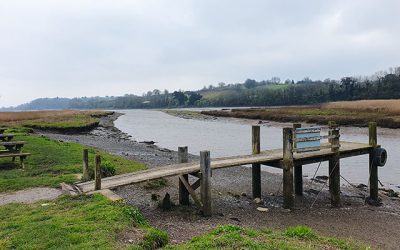Seaside Safety
What summer holiday is complete without at least one day at the beach? You’ve got your bucket and spade, your factor 50 and you’re ready to cool off in the water. But while massive waves might be an obvious indicator that the sea can be a treacherous place, it’s the less obvious hazards that are often the most dangerous.
Fortunately, there are organisations and safety measures in place to keep us from coming to harm if obeyed. Beach safety flags are some of the most important signs to learn as they are designed to let us know when, and where, it is safe to enter the water. But how many of us know what each flag means?
Swimming Area – For most beachgoers these are the flags you’ll be looking for if you’re hoping to go in the sea. The area between two red and yellow flags means that lifeguards are patrolling here, and is suitable for anyone wanting to make a splash, have a swim or for those using bodyboards.
Be aware: Always remember to keep a check on where you are in relation to the flags when in the sea. It’s surprising how quickly the tide and current can move you along the shore.
No Swimming – A red flag is simple – do not swim or go in the sea here. While it may look safe to do so, there could be rough conditions forecast or there could be riptides or strong currents in this area.
Surfing Area – The area between two black and white checkered flags is marked for surfers. You should not be in this area for general swimming, paddling or splashing around as there is danger of being struck by a surfer on the move or a stray surfboard during an involuntary dismount.
Strong Wind Conditions – An orange windsock anywhere on the beach is used as an indicator of strong wind conditions. You should never use any inflatables while this is flying.
Tides and currents – Rip currents are dangerously strong currents that run out to sea from the shoreline, taking you out involuntarily into deeper water. These currents are hard to spot but can be identified by what the RNLI describe as ‘a channel of churning, choppy water on the sea’s surface’. The best way to avoid a rip tide/current is to only swim between red and yellow flags on a lifeguarded beach.
Any potential visit to the beach should start with a check of the tide times. Tide times vary daily and follow a reliable timetable that is easy to follow and understand. A simple online search will show the tide information for the beach you’re heading to, or visit www.tidetimes.org.uk
See more like this
Hackney Marshes Local Nature Reserve
Discover a rich mosaic of wetland wildlife at this accessible low-lying area of flood meadows
Weston Mouth Circular
Soak up stunning Jurassic Coast views, meet the donkeys, and learn more about coastal hillside farming from the late nineteenth century
Buckerell Out and Back Loop
Explore this picturesque East Devon village boasting fantastic views from all sides





